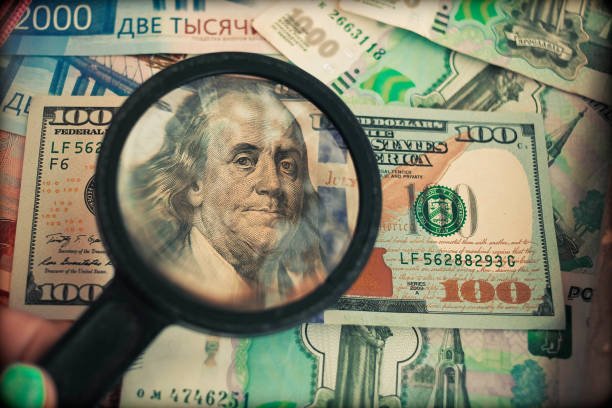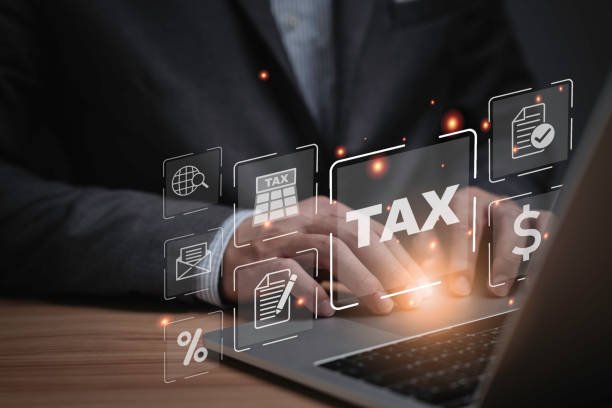The Evolution of Auto Insurance: From Traditional to Telematics
Introduction: Auto insurance, a long-standing necessity for drivers, is undergoing a transformative evolution thanks to technological advancements. In this article, we explore the evolution of auto insurance, delving into traditional models and the disruptive impact of telematics on how insurance is priced, offered, and experienced.
Body:
- Traditional Auto Insurance Models:
- Introduce the traditional model of auto insurance, which primarily relies on factors like age, driving history, and location to determine premiums. Discuss the limitations and challenges associated with this approach.
- The Need for Innovation:
- Highlight the factors driving the need for innovation in auto insurance. Discuss the rising costs of accidents, the desire for more personalized coverage, and the impact of technology on the insurance landscape.
- Telematics: Revolutionizing Auto Insurance:
- Define telematics and its role in revolutionizing auto insurance. Discuss how telematics leverages technology, such as GPS and sensors, to collect real-time data on driving behavior.
- Usage-Based Insurance (UBI):
- Explore the concept of Usage-Based Insurance (UBI), a telematics-driven approach that tailors premiums to individual driving habits. Discuss how safe driving behaviors can lead to lower premiums and increased incentives for policyholders.
- How Telematics Works:
- Break down the mechanics of telematics, explaining how devices or smartphone apps track driving behaviors such as speed, mileage, braking, and acceleration. Discuss the privacy concerns associated with data collection.
- Benefits of Telematics for Drivers:
- Highlight the benefits of telematics for drivers. Discuss potential cost savings, improved road safety, and the ability to receive personalized feedback on driving habits.
- Challenges and Concerns:
- Acknowledge the challenges and concerns related to telematics, such as data privacy issues, potential for increased surveillance, and the need for clear communication between insurers and policyholders.
- Insurance Premiums and Risk Assessment:
- Discuss how telematics allows for a more accurate assessment of risk by focusing on individual behavior rather than general demographics. Explore how this can lead to fairer and more customized premium pricing.
- Telematics Beyond Personal Auto Insurance:
- Explore how telematics is extending beyond personal auto insurance. Discuss its applications in commercial fleets, where real-time data can enhance safety, efficiency, and risk management.
- The Future of Auto Insurance: Integrating Technology:
- Conclude by looking ahead to the future of auto insurance, emphasizing the continued integration of technology. Discuss potential developments, such as the impact of autonomous vehicles, advanced driver assistance systems, and further innovations in telematics.
Conclusion: The evolution of auto insurance from traditional models to telematics represents a significant shift towards more personalized, data-driven coverage. As technology continues to shape the way we drive and insurers assess risk, the future of auto insurance holds the promise of greater fairness, efficiency, and improved road safety for all drivers.










